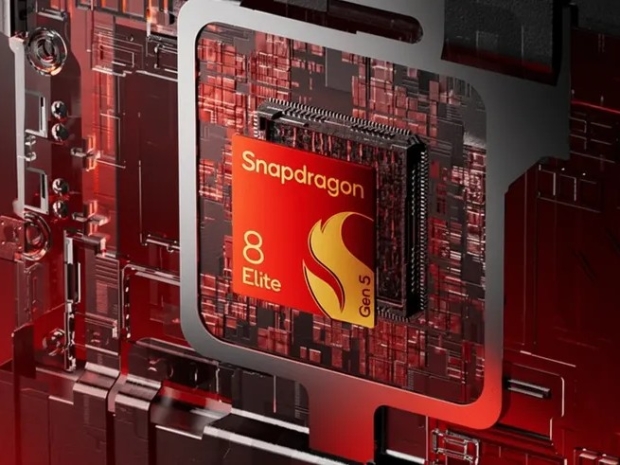Two years on, the Dimensity 9500 is giving Qualcomm’s Snapdragon 8 Elite Gen 5 a proper run for its money, matching or beating it in several benchmarks. It makes Samsung’s clinging to efficiency cores look about as smart as wearing a parka in the desert.
When MediaTek first tried its all-big-core experiment, few took it seriously. Now Qualcomm and its Snapdragon 8 Elite chips have joined the party. The Snapdragon 8 Elite Gen 4, launched in 2024, binned the efficiency cores entirely, opting instead for two high-performance Oryon (Phoenix L) cores and six mid-performance Oryon (Phoenix M) ones.
By contrast, Samsung’s Exynos 2500 still insisted on wasting silicon and power budget on efficiency cores. Qualcomm pointed out last year that its new Oryon cores could handle low-power tasks with the same efficiency as ARM’s smaller cores. In short, the small-core era was dead, and MediaTek was the one that fired the first shot.
The Dimensity 9500 now has eight proper cores: one ARM C1-Ultra core running at 4.21GHz with a 2MB L2 cache, three ARM C1-Premium cores clocked at 3.50GHz with a 1MB cache, and four ARM C1-Pro cores at 2.70GHz.
In AnTuTu 10 testing, the Dimensity 9500 scored four per cent higher than Snapdragon 8 Elite Gen 5, while in GeekBench 6 the Qualcomm chip pulled ahead with 3,834 single-core and 12,396 multi-core, compared to MediaTek’s 3,460 and 10,192. Even so, MediaTek’s chip is clearly breathing down Qualcomm’s neck.
Samsung refuses to read the room. The Exynos 2500, unveiled in June 2025, still carries those redundant efficiency cores. Its results are embarrassing enough to make you think the chip was launched a year earlier. Benchmarks show lower yields, thermal throttling, and general inefficiency.
This odd obsession seems to stem from what can only be described as thermal trauma. Exynos chips have long had a reputation for overheating, so Samsung’s engineers seem terrified of pushing their silicon too far. Yet reports suggest its 2nm GAA process is far more efficient than expected, with about 30 per cent gains in power efficiency and thermal control.
Early leaks for the Exynos 2600 paint a promising picture. Geekbench 6 scores of 3,455 single-core and 11,621 multi-core make it roughly even with MediaTek’s 9500 in single-core performance and ahead in multi-core performance. That’s impressive, but the efficiency cores still drag it down.
If Samsung had followed MediaTek’s lead and gone all-in on performance cores, the Exynos 2600 might have taken the fight straight to Qualcomm’s Snapdragon 8 Elite Gen 5. Instead, Samsung will have to spend an estimated $4 billion to buy Qualcomm chips for next year’s Galaxy S26 Ultra.
Samsung may be proud of its obsession with efficiency, but right now it just looks like an expensive lesson in stubbornness.

